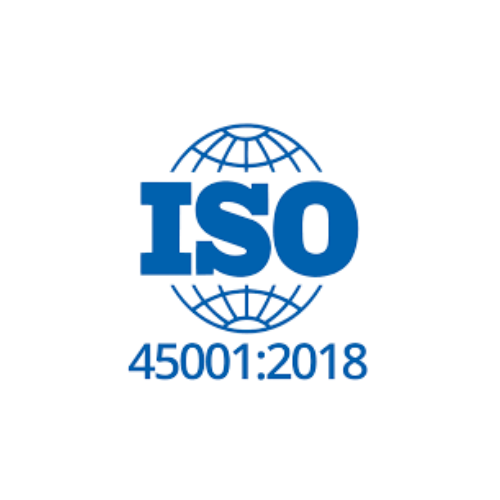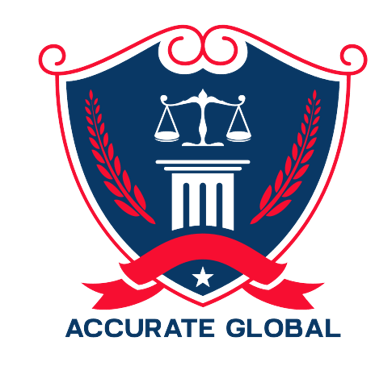The New ISO 14001 Structure
Provide a general summary of the services you provide, highlighting key features and benefits for potential clients.The new standard is published in the month of September, 2015. ISO 14001:2015 is based on the new High Level Structure (HLS) that brings a common framework to all management system standards. This helps to keep consistency, alignment different management system standards, offer matching sub-clauses against the top-level structure and apply common language across all standards. The key changes in the proposed standard are:


With the new standard in place, organizations will find it easier to incorporate their environmental management system into the core business processes and gain greater business benefits.
What topics does ISO 14001:2015 cover?
The emphasis on leadership
The focus on risk management
Emphasis on objectives measurement and change
Communication and awareness
Fewer prescriptive requirements
Who should use the ISO 14001:2015 revision?
ISO 14001:2015 should be used by any organization that wishes to set up, improve, or maintain an environmental management system to conform with its established environmental policy and requirements. The requirements of the standard can be incorporated into any environmental management system, the extent to which is determined by several factors including the organization’s industry, environmental policy, products and service offerings, and location. ISO 14001:2015 is relevant to all organizations, regardless of size, location, sector, or industry.
At the highest level, ISO 14001:2015 covers the following topics with regard to environmental management systems:
Context of the organization
Leadership
Planning
Support
Operation
Performance evaluation
Improvement
ISO 14001:2015 Revisions - 14001:2004 vs. 14001:2015
The 2015 revision of ISO 14001 introduces a number of changes from previous versions. As part of the effort to structure all ISO standards in the same way, the revisions introduced in the 2015 version of ISO 14001 include incorporating a required high-level structure, using mandatory definitions, and incorporating common standards requirements and clauses. Identified 10 major areas of impact of the 2015 revision:
Expansion in EMS coverage and scope
Required interactions with external parties
New requirements for leadership engagement
Expanded legal compliance requirements
Need for risk-based planning and controls
New documentation requirements
Expanded operational control requirements
Changes in competence and awareness requirements
Impacts on the internal audit program
Increased certification costs
Certification
ISO 9001, 45001, 27001, 37001, 22031, 14001 certification services.
Contact
About
office@accurateglobal.co.id
+6282128307876
© 2025. Accurate Global
